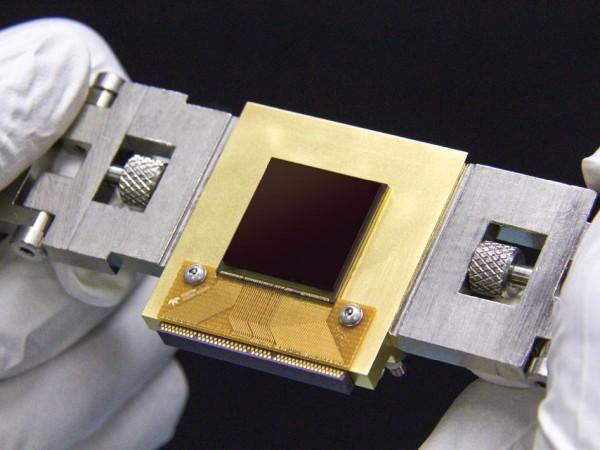
The NASA Discovery Program recently declared that two of its space missions would be launched in the 2020s and the would fly by asteroids. Also, an asteroid-hunting mission called the Near-Earth Object Camera (NEOCam) has been put off for now.
Also Read: Mysterious pillars of light spotted in Canada's night sky [VIDEO]
NEOCam was designed to search for asteroids between the Earth and the Sun, using the infrared wavelengths at the L1 Lagrange point. The NEOCam will continue being financed through 2017.
A private non-profit foundation, B612, which aims at protecting Earth from asteroids and NEOs, expressed its disappointment that the NEOCam mission was put off, Space.com reported.
"We urge the new administration to direct NASA or another involved agency to fund an asteroid-hunting infrared space telescope through open solicitation rather than a science mission competition (eg Discovery), since the primary purpose would be for planetary defense and space development," the foundation said in a statement.
Way back in 2005, Congress asked NASA to be in a position to hunt for asteroids as large as 140 metres, by the year 2020. The space agency is already way behind on the program.
According to B612, NEOCam would have hunted down around two-thirds of the asteroid population within four years of its launch. An asteroid-hunting telescope, called the Sentinel, is being independently designed by the B612 foundation separately, Space.com revealed.
The function of the Sentinel is to orbit the Sun on the same path as Venus and detect objects as tiny as 40 metres wide, which is similar to the size of the object that crashed into Siberia's Tunguska region in 1908, flattening 2,000 sq km of forest area.
NASA's asteroid-hunting mission NEOWISE, in 2009, is financed by NASA's Planetary Science Division. In NEOWISE, "NEO" stands for Near-Earth Object and WISE stands for "Wide-field Infrared Survey Explorer". This asteroid hunting mission recently discovered two new celestial bodies.
.

















